Richard Beirach - Elm (2000)
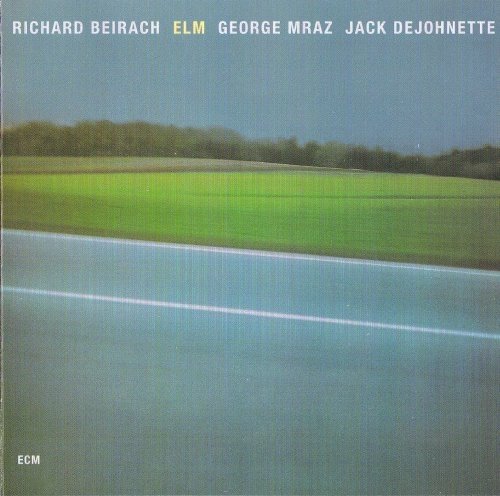
Artist: Richard Beirach
Title: Elm
Year Of Release: 1979
Label: ECM Japan ECM 3009
Genre: Jazz
Quality: FLAC (image+.cue,log,scans)
Total Time: 42:05
Total Size: 245 MB
WebSite: Album Preview
Tracklist:Title: Elm
Year Of Release: 1979
Label: ECM Japan ECM 3009
Genre: Jazz
Quality: FLAC (image+.cue,log,scans)
Total Time: 42:05
Total Size: 245 MB
WebSite: Album Preview
01. Sea Priesters
02. Pendulum
03. Ki
04. Snow Leopard
05. Elm (For Zbiegnew Seifert)
Personnel:
Richard Beirach - piano;
George Mraz - double-bass;
Jack DeJohnette - drums.
In the '70s, pianist Richard Beirach pioneered a distinctive type of ethereal jazz, characterized by lush, polytonal harmonies and frequent outbursts of angular, high-velocity lines that broke up the austere moods of his compositions. This beautiful trio outing with bassist George Mraz and drummer Jack DeJohnette is classic Beirach, and as apt an example of the "ECM sound" as one will find. The piano reverberates in concert hall fashion, even as the bass and drums interact with a looseness, and often an explosiveness, that is anything but cold and removed. There are only five tracks on Elm, but because each presents a different aspect of Beirach's music, the album is satisfying and quite whole. The opener, "Sea Priestess," presents deceptively simple harmonies over a lilting even-eighth groove. About halfway through its 12 or so minutes, the music fades to a barely audible whisper, gradually returning to its original intensity. "Pendulum," a rather ingenious descending melody that creates its own kind of modal progression, finds the trio burning at a medium swing tempo. The tune rings out like a sort of modal anthem, a quality that the Dave Liebman Quintet would put to good use on its 1979 live album Pendulum. "Ki" ebbs and flows with rubato swells of harmony, while the epic "Snow Leopard" boils over with a fast swing feel, interrupted by a pregnant moment of silence before Mraz's bass solo. Finally, "Elm" proceeds with the melodic shape and rhythmic evenness of a classical etude (Brad Mehldau would write similar music some 20 years later), but the syncopated unison figure that occurs in the 15th bar of the form reminds listeners that they are squarely in modern jazz territory. The tune's reharmonized coda is a masterful touch on Beirach's part. At the time of its release, Elm represented an emerging new standard for modern piano trio music, and it remains every bit as valid and vital.
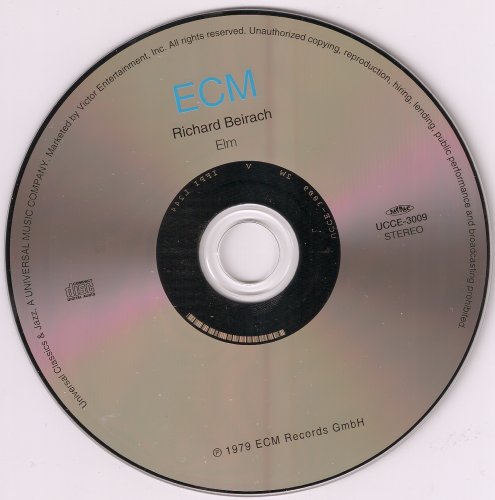
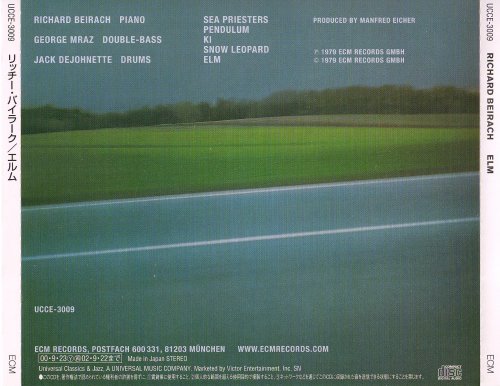
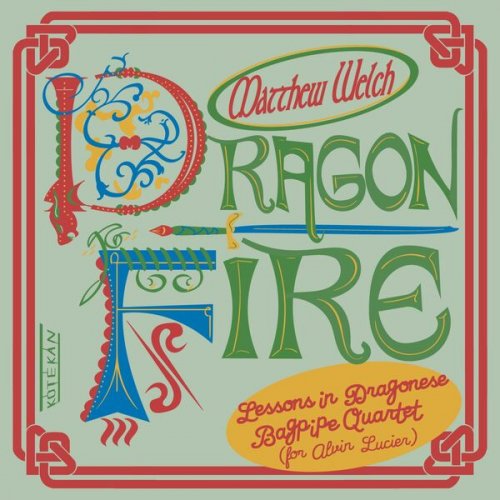
![Laura Camacho Tango Project - Todo Tiempo Pasado (2025) [Hi-Res] Laura Camacho Tango Project - Todo Tiempo Pasado (2025) [Hi-Res]](https://www.dibpic.com/uploads/posts/2025-12/1764580104_a3733137322_10.jpg)
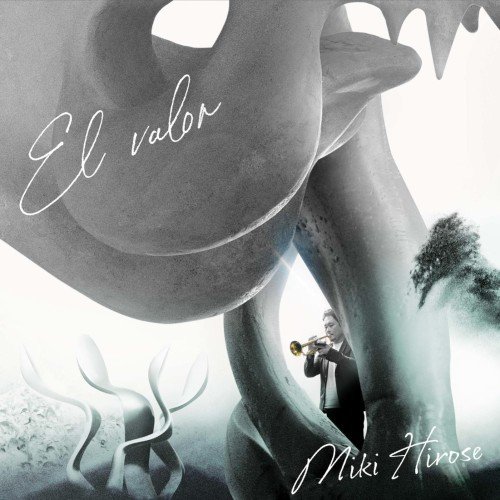
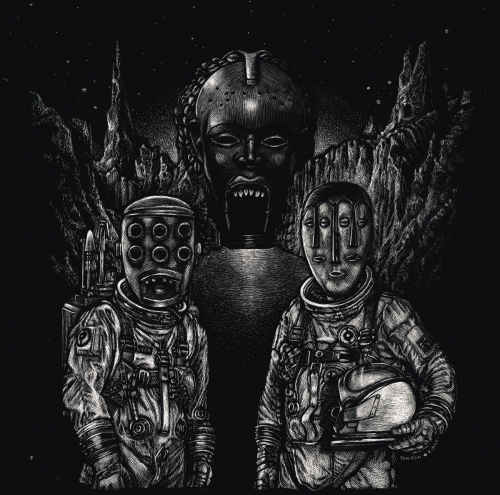

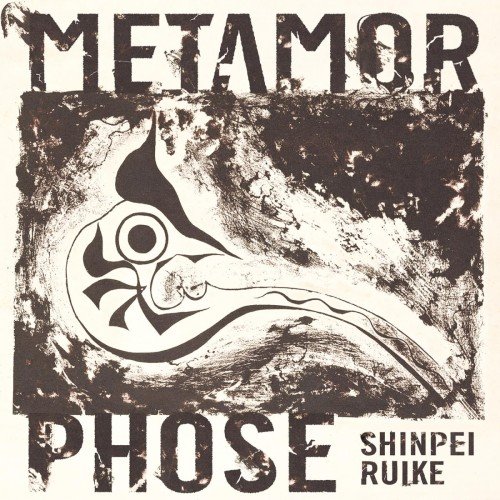
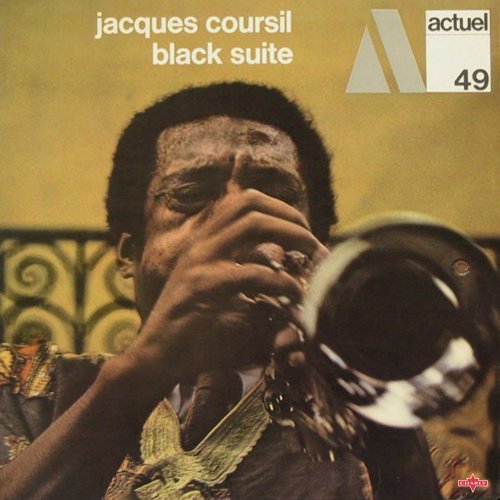

![Peter Culshaw - Surrender To Love (2025) [Hi-Res] Peter Culshaw - Surrender To Love (2025) [Hi-Res]](https://img.israbox.com/img/2025-11/27/ptbqhnj27k1u1fv6iqum6t7qh.jpg)